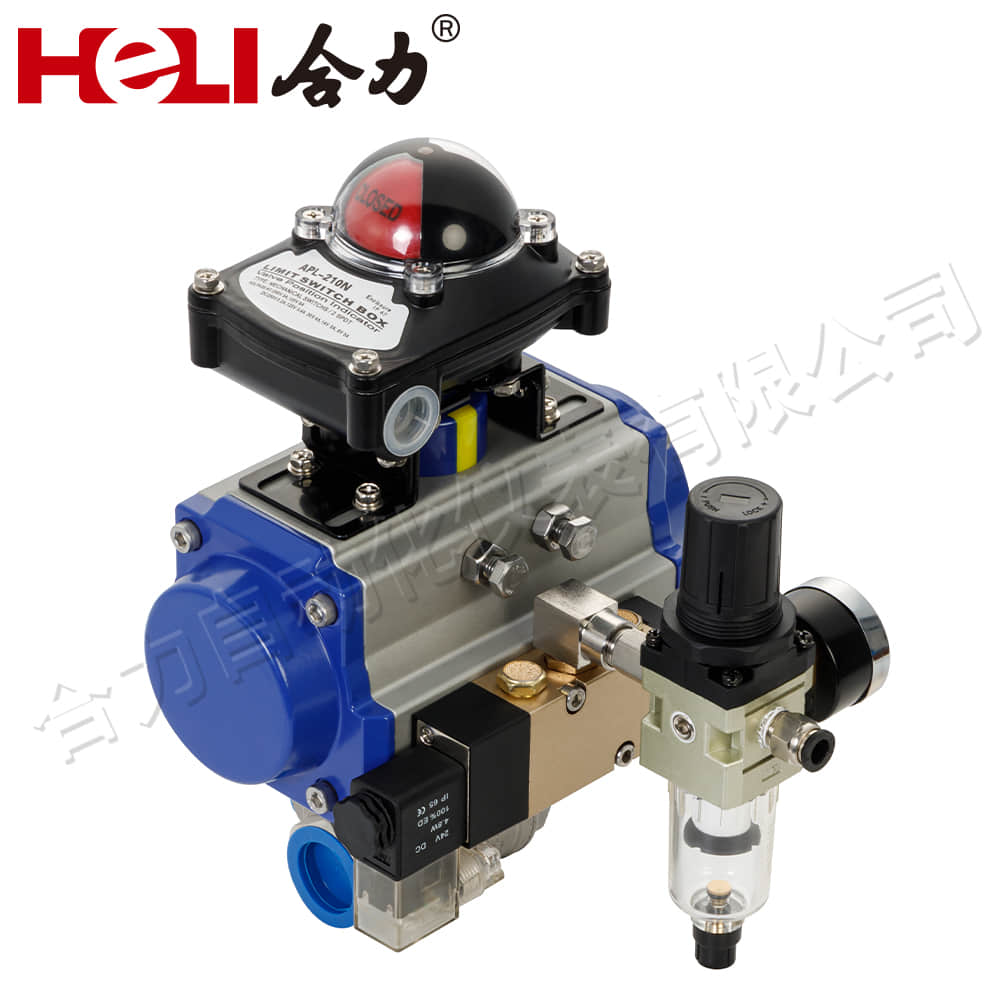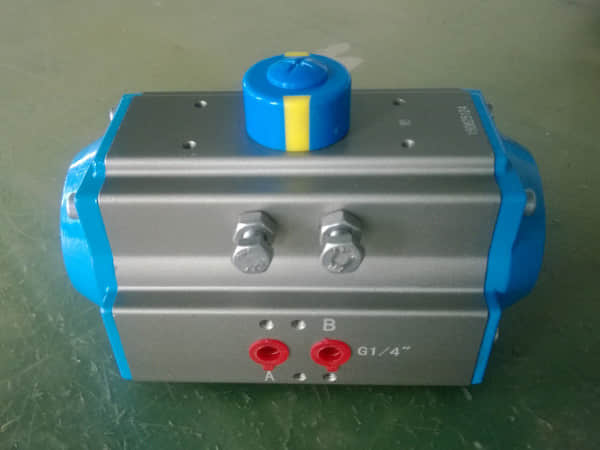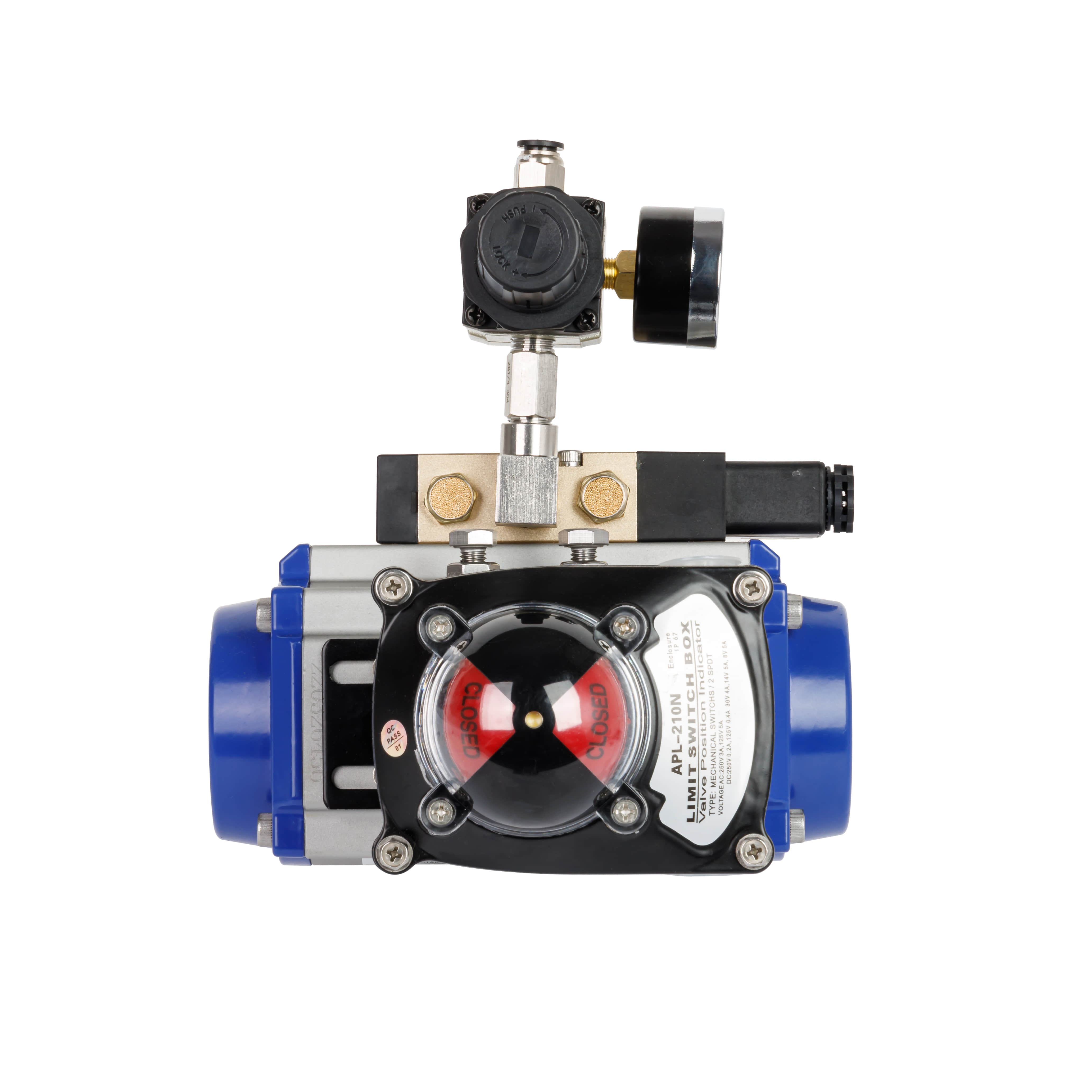understanding pneumatic actuators: principles, types, and applications
Release time:2024-12-19 17:03:42
Pneumatic actuators are critical components in various industries, converting compressed air into mechanical motion. These devices play a significant role in automation, providing reliable and efficient control of machinery and processes. This article explores the principles behind pneumatic actuators, the different types available, and their numerous applications.

Principles of Pneumatic Actuators

At the heart of a pneumatic actuator's function is the basic principle of converting energy. When compressed air enters the actuator, it creates pressure that moves a piston within a cylinder. This movement generates linear or rotary motion, which can then be utilized to perform specific tasks, such as opening or closing a valve or moving a mechanical arm.



